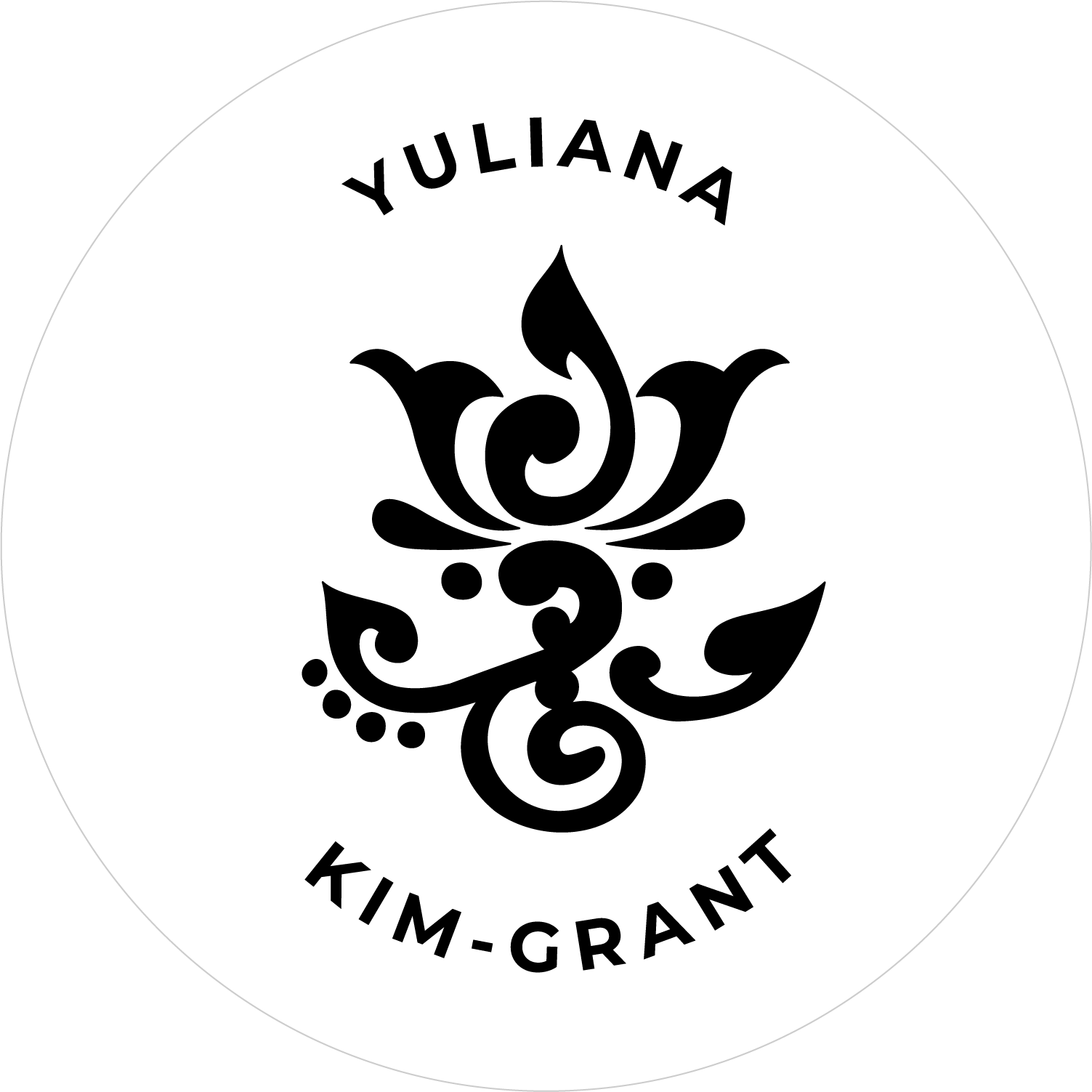The State of Being Idle
This month’s mantra, “Being idle is good”, certainly made me think about how I view free time and the notion of doing nothing. In our current world where many activities tend toward physical passivity, as in staring at a multitude of screens whether for work or enjoyment, the idea of idleness is being reshaped. Some could argue as a result of our culture’s emphasis on pursuits where we stare at something, the greater the necessity of taking a break and allowing ourselves to do nothing.
Doing absolutely nothing can help with mental and emotional health, but it is especially helpful with creativity. Steve Jobs and Albert Einstein both set aside time to do nothing as they found that doing nothing helped them mentally and creatively. In a country where doing nothing is viewed as ungodly, it is hard to not feel somewhat guilty if I am sitting or lying staring off into space for any length of time, even if I am well aware of the benefits.
Some would argue that doing nothing could be boring, although this does not apply to my personal experience. Usually, when I am doing nothing I am daydreaming, letting my mind take flight as if I were riding on top of a magic carpet. I can say these daydreams have provided some of the best adventures I have ever taken. Usually, when I am working on a book, I find the times when I am doing nothing helps me figure out some of the questions that may have been raised during that day’s writing.
Doing nothing during a year in which we have been cooped up in our homes feels less like a luxury, rather as an extension of the torture of this Covid life. Yet even during this lockdown, making time to sit, to stare out the window, and to be doing nothing has helped me to better endure the challenges of this year. Perhaps staring out the window feels like a necessary reset since I have spent a great part of the year staring at a screen as I taught or saw clients online.
Another adjustment I’ve made as a result of Covid is to view taking a walk alone as an extension of being idle. When I take these “walks of idleness”, I walk without listening to anything. Instead, I allow myself to be immersed in the sounds and sights of my surroundings. Interestingly, I find when I am walking without the distraction of devices, I tend to walk slower, enabling me to notice details I would likely have not noticed if walking with headsets on.
Like exercising, meditating, or practicing yoga, we could view doing nothing as another thing to prioritize in our lives. Most of us are good about scheduling time for all of these other pursuits for our health, so why not schedule a time to do nothing? Like starting anything new, start small and build as you get accustomed to this new practice. Imagine setting the timer for an hour for your first meditation. The sheer torture of this first experience might turn you off to try that meditation thing for a very long time. My suspicion is that most of us with all of the distractions built into our lives might find doing nothing for any amount of time a real challenge. So, again, start small.
As a life-long pursuer of doing nothing, I’ve grown accustomed to this idleness. In fact, being idle for long stretches of time feels like one of life’s luxuries. One of my greatest pleasures is in seeing a day in my planner completely blank, allowing me to do a great deal of nothing. However it works out for you, give it a try. Doing nothing is good for the soul.
